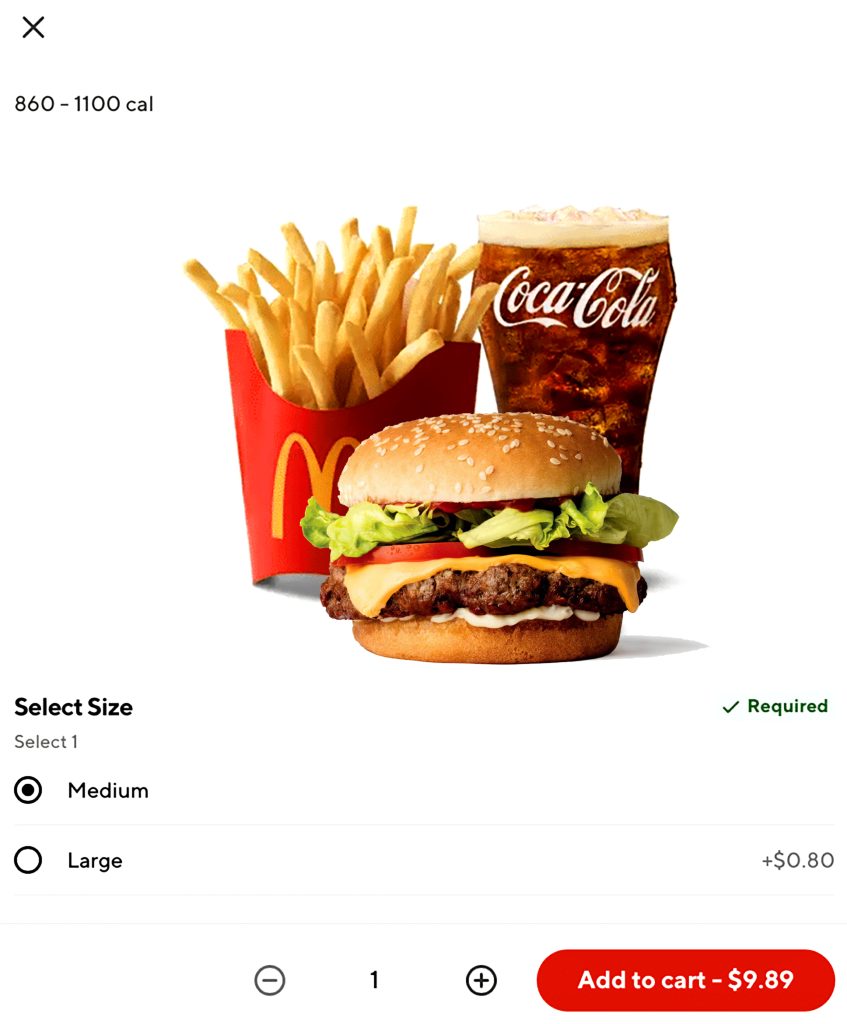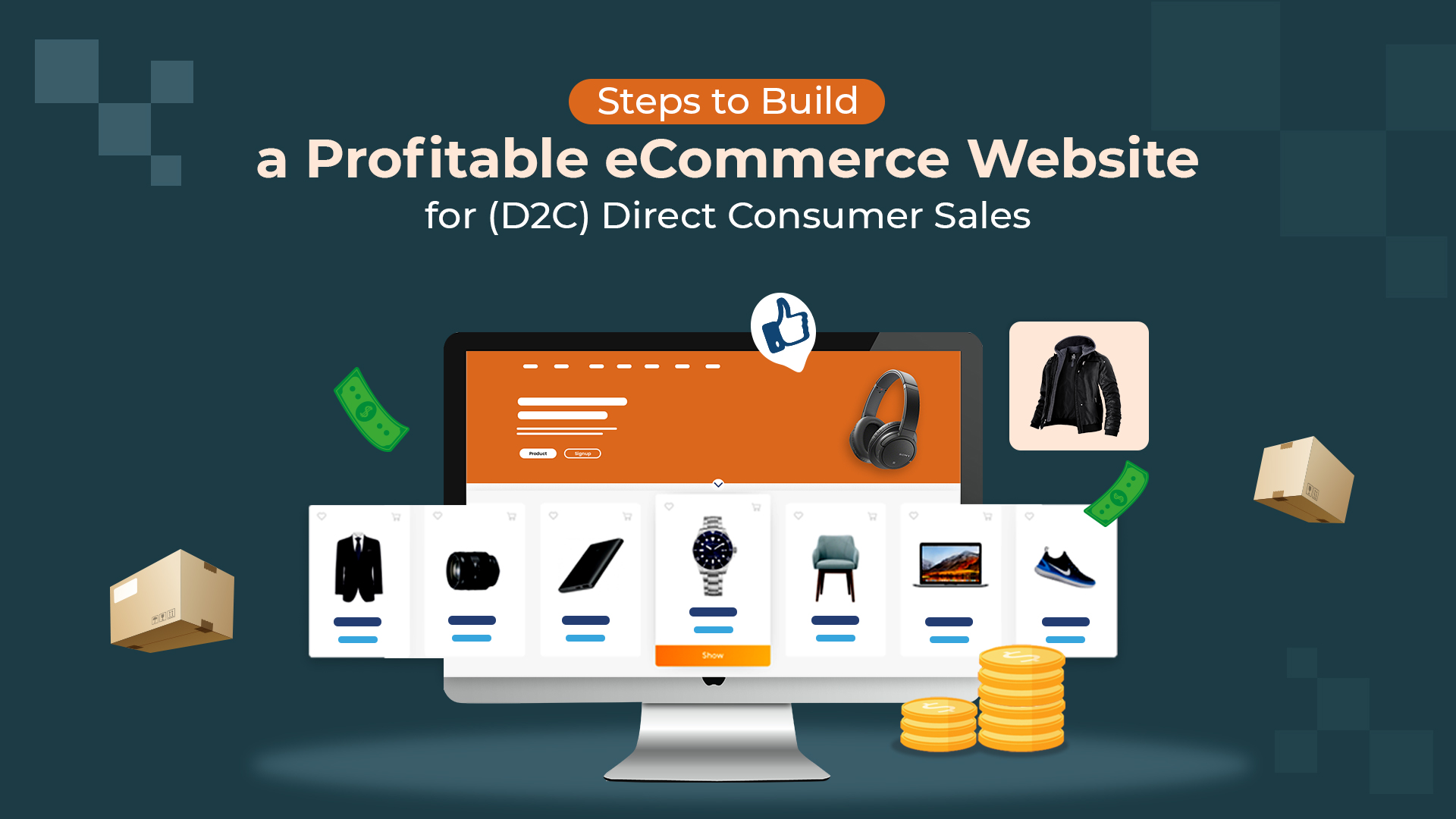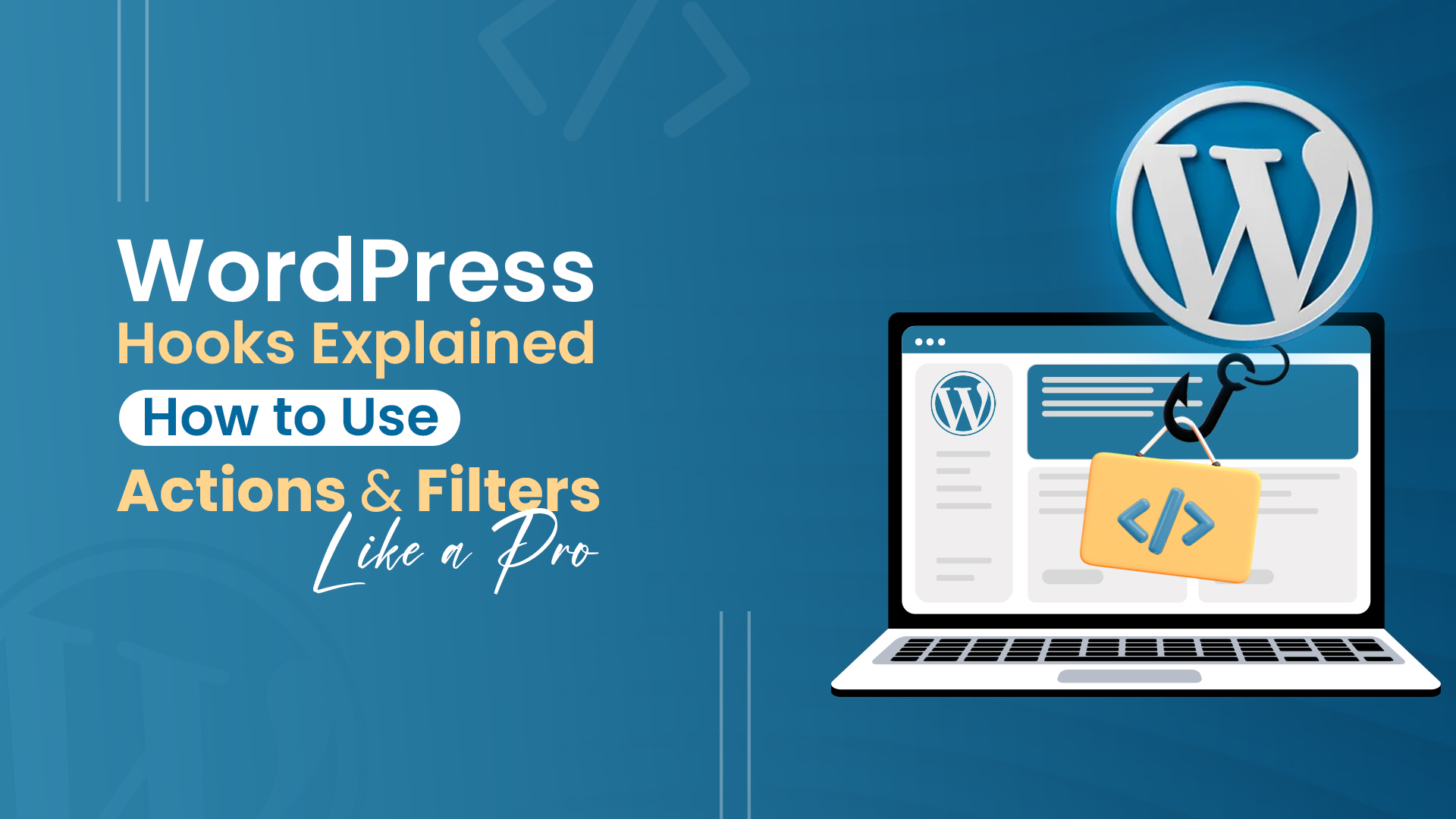The Direct-to-Consumer (D2C) model has emerged as a powerful way for brands to connect directly with their customers. By cutting out middlemen and selling products straight to consumers through an eCommerce website, businesses can control their brand narrative, pricing, and customer experience. This model not only fosters a stronger relationship between the brand and its customers but also offers a unique opportunity to gather valuable feedback directly from the source.
Having a profitable eCommerce website is crucial in this competitive environment. A well-designed site not only attracts visitors but also converts them into loyal customers. With an effective D2C strategy, you can maximize profit margins, enhance customer satisfaction, and ultimately drive sustainable growth for your business.
Defining Your Brand Identity
Establishing a solid brand identity is essential for creating meaningful connections with your consumers. Brand storytelling plays a pivotal role in this process; it helps convey your values, mission, and unique qualities. When customers resonate with your story, they are more likely to feel a connection to your brand, leading to greater loyalty and trust.
To create a unique brand identity that truly resonates with your target audience, consider these friendly tips:
a) Know Your Audience: Understand their needs, preferences, and what makes them tick. This knowledge will guide your messaging and visuals.
b) Craft Your Brand Story: Share your journey, including the challenges and successes that shaped your business. A relatable story can draw in potential customers.
c) Be Consistent: Use consistent visuals, language, and tone across all platforms to reinforce your brand identity. This helps build recognition and trust.
d) Highlight Your Values: Make sure to showcase your brand values prominently. Whether it’s sustainability, quality, or community involvement, let your audience know what you stand for.
e) Get Creative: Experiment with different ways to express your brand personality, from playful visuals to engaging social media content. Creativity can set you apart!
Choosing the Right eCommerce Platform
Choosing the right eCommerce platform is crucial for the success of your online store. The landscape is filled with various options, and knowing which one fits your needs can make all the difference. Here’s a look at some popular platforms and their features:
| Shopify | Renowned for its user-friendly interface and extensive app marketplace, Shopify makes it easy to customize your store without extensive technical knowledge. It offers built-in payment gateways, a wide range of templates, and mobile responsiveness, making it ideal for those looking to get started quickly. |
| WooCommerce | If you’re a WordPress user, WooCommerce is a fantastic option. As a plugin for WordPress, it provides greater customization options. This platform is perfect for those who want more control over their online store and enjoy the flexibility of a self-hosted solution. |
| BigCommerce | Great for larger businesses, BigCommerce provides advanced features like built-in SEO tools and multi-channel selling. It’s designed to scale with your business, making it suitable for companies anticipating rapid growth. |
| Squarespace | Known for its stunning design templates, Squarespace is a solid choice for visually-driven brands. While it may not have as many eCommerce-specific features as others, it excels in providing beautiful, easy-to-manage websites. |
| Magento | Best suited for tech-savvy entrepreneurs, Magento offers a powerful and customizable eCommerce solution. It’s a bit more complex, but if you’re looking for scalability and advanced features, it’s worth considering. |
When selecting the best eCommerce platform for your business, consider these friendly tips:
- How comfortable are you with technology? Choose a platform that aligns with your skills and experience.
- Ensure the platform offers essential features like inventory management, payment gateways, and SEO tools to streamline your operations.
- Consider your future growth. Will the platform be able to support your business as it expands?
- Reliable customer support can be a lifesaver. Look for platforms that offer solid resources and assistance.
By weighing these considerations and exploring multiple platforms, you’ll find the right eCommerce solution that aligns with your business goals and helps you thrive in the competitive D2C landscape.
You can also read our blog on Top 10 eCommerce Platforms of 2024 here for more details on different platforms.
Designing Your Online Store
Designing your online store is an exciting journey! Let’s explore some best practices that will help you create a user-friendly, engaging, and aesthetically pleasing website.
- Imagine walking into a store where everything is organized and easy to find, that’s the experience you want for your customers! To enhance UX, think about your navigation. Is it intuitive? If a friend were to visit your site, could they easily find what they need?
Tip: Use a simple menu structure and clear category labels. - Suppose a customer browsing your site while waiting for their coffee. If your website doesn’t look great on mobile, they might just click away. To ensure mobile responsiveness, test your site on various devices. Does it adapt beautifully? If not, it’s time for a redesign!
- We want everyone to enjoy shopping at your store! Consider how you can make your site more accessible. Are there high contrast colors for text and background?
- Think of the last time you shopped online and could spin a product around to see it from every angle. Cool, right? Incorporate features like 360-degree views or zoom-in options on your product images. This can greatly enhance customer engagement!
- Choosing the right CMS is like picking the right tools for a project. It should be user-friendly and efficient. If you’re using Shopify or WooCommerce, explore their features.
What’s one feature you wish your current CMS had that could help your business grow?
Highlight Clear, High-Quality Images
Think of your images as the window into your product experience. Here’s what to do:
– Capture your product from different viewpoints. This gives customers a fuller picture of what they’re getting!
– Help customers envision using your product in their lives. For example, if you sell cozy blankets, show someone snuggled up on the couch with it.
High-quality images boost confidence in the purchase, so make them shine!

Write Descriptive, Customer-Focused Copy
Now, let’s talk about words! Your product descriptions should be engaging and informative. Consider these tips:
– What would they want to know? Include details about materials, sizing, and any unique features.
– Show how your product makes life better. For instance, if you’re selling eco-friendly notebooks, mention how using them contributes to a healthier planet.
Remember, SEO-friendly doesn’t have to mean keyword overload! Use phrases naturally to enhance discoverability while keeping it reader-friendly.

Incorporate Social Proof and Customer Reviews
Customer reviews are your secret weapon! Here’s how to make the most of them:
– Show star ratings prominently on your product pages. High ratings build trust!
– If possible, include customer images in their reviews. Seeing the product in real life adds authenticity.
Social proof helps potential buyers feel confident in their decision.
Optimize for SEO without Overloading Keywords
Speaking of SEO, let’s keep it seamless. Use keywords like “high-quality product photos” and “best D2C product pages” where they fit naturally. This improves your search visibility without overwhelming your audience. Your writing should flow like a conversation, not a keyword dump!
Add Calls to Action (CTAs) That Stand Out
Your CTA is like the friendly nudge toward the next step. Here’s how to make it pop:
– Use buttons like “Add to Cart” or “Buy Now.” Keep it short and sweet!
– Make your CTA visually stand out against the rest of the page, guiding customers naturally toward making a purchase.
Think of your CTA as the warm smile that encourages a friendly interaction.
Add Cross-Selling and Upselling Suggestions
Finally, let’s sprinkle in some smart suggestions! Showing related products or bundles that complement what the customer is viewing can enhance their shopping experience while boosting your average order value.
Example: McDonald’s
McDonald’s has mastered cross-selling and upselling to increase customer satisfaction and order size seamlessly.
– Cross-Selling: When you order a burger, McDonald’s offers to “make it a meal” by adding fries and a drink. The bundled pricing makes the combo a better deal than buying items individually, often encouraging customers to get the full meal—even if they hadn’t planned to.

– Upselling: After cross-selling a meal, McDonald’s then offers an upsell by suggesting a size increase for a small fee. The incremental price is easy to agree to, and many customers go for the larger size, boosting the average order value.

Integrating Payment Gateways
Adding a reliable payment gateway is like opening the door to smoother, safer transactions on your eCommerce site. Think of it as the digital “cash register” that makes sure your customers can pay quickly, safely, and with plenty of options to choose from. This helps you build trust and make it easy for customers to buy what they want, whenever they want.
Choosing the Right Payment Processor
Picking a trustworthy processor like PayPal, Stripe, or Square keeps things secure and user-friendly. These options have features like security tools, simple setup, and support for different payment types. Look for one that has reasonable fees, supports global payments, and works well with your eCommerce platform.
Offering Multiple Payment Options
These days, people like having choices when they pay, so offering multiple payment methods (like credit cards, digital wallets, or even buy-now-pay-later options) is a great way to please your audience. This flexibility helps you reach more customers and makes the checkout experience smoother.
Keeping Things Secure
Security is key! Show trust badges (like SSL and PCI compliance) and use well-known payment options to reassure customers that their info is safe. The more secure your checkout looks, the less likely people are to abandon their carts.
Mobile-Friendly Checkout
A lot of customers shop from their phones, so a mobile-friendly payment setup is a must. Make sure the payment process is simple on small screens, with easy-to-click buttons and quick forms. A smooth mobile checkout can keep customers coming back.
Quick Comparison of Payment Gateways
Here’s a quick look at some popular payment gateways to help you choose what fits best:
| Payment Gateway | Features | Fees | Mobile-Friendly? | Global Support |
|---|---|---|---|---|
| PayPal | Widely trusted, easy setup | Varies by location | Yes | Yes |
| Stripe | Flexible API, multiple currencies | 2.9% + $0.30 (US) | Yes | Yes |
| Square | Great for small businesses | In person is 2.6% + $0.10 | Yes | Limited |
| Apple Pay/Google Pay | Easy for mobile users | Varies | Yes | Limited to specific regions |
A well-integrated payment gateway boosts your store’s credibility and improves the shopping experience. It reduces abandoned carts by making customers feel secure, speeds up the checkout process, and offers flexible payment choices that meet customer needs. A trusted, easy payment option makes customers more comfortable, meaning they’re more likely to hit “buy.”
Implementing Shipping and Fulfillment Strategies
Shipping and fulfillment can make or break your customers’ experience. Imagine someone getting excited about buying from your store, only to be disappointed by a long wait or high shipping fees. A well-thought-out strategy ensures smooth deliveries, keeps customers happy, and encourages repeat purchases.
Choosing Shipping Options
Offering different shipping options gives customers the flexibility they love. For example, you might have free standard shipping, express delivery for those in a rush, and international options to reach a broader audience. It’s also worth considering whether you want to include flat rates, location-based fees, or offer free shipping over a certain amount.
Efficient Order Processing
Once an order is placed, a smooth process ensures that products move quickly from warehouse to customer. Automating order processing can help speed things up, and you’ll want a system that updates customers with tracking info, so they’re not left guessing.
Partnering with Reliable Carriers
Teaming up with reliable carriers like FedEx, UPS, or DHL (for international shipping) can make all the difference in on-time deliveries and package safety. Look for carriers with a good reputation, affordable rates, and tracking options for both you and your customers.
Managing Returns
An easy return process adds an extra layer of customer satisfaction. Customers are more likely to buy if they know they can return something hassle-free. Clear instructions on how to return items and offering free returns, if possible, make it more convenient for customers to shop with confidence.
Comparison of Shipping and Fulfillment Strategies
Choosing the right shipping and fulfillment strategy is key to keeping your customers happy and encouraging them to shop with you again. With several options available, it’s important to look at the pros and cons of each strategy. Here’s a simple breakdown of common strategies to help you decide what fits your business best.
| Strategy | Benefits | Drawbacks |
|---|---|---|
| Free Shipping | Attracts more buyers, especially if free over a certain amount | Can increase costs for business |
| Flat Rate Shipping | Simple for customers, predictable cost | May not cover all shipping expenses |
| Location-Based Shipping | Customizable based on customer location | Complex to set up |
| Third-Party Fulfillment | Faster delivery, less in-house management | Loss of control over branding |
| Self-Managed Fulfillment | Complete control over process | Time-consuming, higher costs |
A well-managed shipping and fulfillment strategy reduces cart abandonment by making shipping costs clear, builds trust with timely deliveries, and keeps customers coming back. By balancing speed, cost, and convenience, you create a reliable and positive shopping experience that meets customer expectations.
Enhancing Customer Trust and Engagement
Building trust is essential for your D2C eCommerce brand. When customers feel secure and valued, they’re more likely to make a purchase and return for more. Here are some friendly strategies to boost customer trust and engagement:
– Display Trust Badges: Show security certifications and trust seals on your site. These reassure customers that their information is safe and can help reduce cart abandonment.
– Be Transparent: Clearly state your return policy, shipping details, and any fees upfront. Transparency fosters trust and helps manage customer expectations.
– Utilize Customer Reviews: Positive reviews act like recommendations from friends. Encourage satisfied customers to leave reviews and prominently display them on product pages.
– Personalize Communication: Use customer names in emails and send personalized recommendations based on their purchase history. This adds a friendly touch and makes customers feel special.
– Engage on Social Media: Actively interact with customers on social media platforms. Responding to comments and messages promptly shows that you care about your audience and encourages engagement.
– Build a Community: Create forums or groups where customers can share experiences and tips related to your products. This sense of community keeps customers engaged and connected to your brand.
Utilizing Analytics for Growth
Using analytics is like having a treasure map for your eCommerce business. By digging into the data, you can uncover insights that lead to growth and smarter decision-making. Whether it’s figuring out what your customers love or understanding how your website is performing, analytics can help you sharpen your strategies and boost sales!
Some of the Key Analytics Terms include:
– KPIs (Key Performance Indicators): The key numbers that show how well your business is doing.
– Conversion Rate: The percentage of visitors who make a purchase — your golden metric!
– Customer Segmentation: Breaking your customers into groups for targeted marketing.
– A/B Testing: A method to see which version of something (like a webpage) works better.
Let’s take a closer look at how to make the most of analytics for your eCommerce success!
Tracking Key Performance Indicators (KPIs)
First up, identify your KPIs! These are the numbers that matter most for your goals, like conversion rates and average order value. Keeping an eye on these metrics helps you see what’s working and what needs a little tweaking.
Analyzing Customer Behavior
Ever wonder how your customers are navigating your site? With tools like Google Analytics, you can track their movements!
You’ll see which products catch their eye and where they drop off. This info is gold for enhancing their shopping experience and ensuring they find exactly what they’re looking for.
Audience Segmentation
Not all customers are the same, and that’s a good thing! By segmenting your audience based on their behaviors or interests, you can create personalized marketing strategies.
For instance, send special offers to frequent buyers while giving first-timers a warm welcome with discounts. Personal touches can make all the difference!
A/B Testing for Optimization
Want to know which message clicks with your audience? A/B testing is your secret weapon!
Test different headlines, images, or calls-to-action to see which one your visitors prefer. This playful approach helps you refine your website and marketing efforts for even better results.
Using analytics is essential for growing your business. By understanding customer behavior and continuously optimizing your strategies, you’ll create a smoother shopping experience that leads to more sales.
Effective Marketing Strategies for D2C Sales
When it comes to Direct-to-Consumer (D2C) sales, effective marketing strategies can make all the difference. They not only help you connect with your audience but also enhance brand loyalty and drive conversions. Let’s dive into some proven strategies that can elevate your D2C game while keeping the vibe light and engaging!
Leverage Social Media Marketing
Social media is where the magic happens! It’s a vibrant space where you can showcase your brand personality and engage directly with your audience. Here’s how to make the most of it:
– Share behind-the-scenes stories, fun facts about your products, and user-generated content to create a community feel.
– Use high-quality images and videos to grab attention. Platforms like Instagram and TikTok thrive on visually appealing content.
– Respond to comments and messages promptly. Engaging with your audience builds trust and shows you care!
Email Marketing Campaigns
Email is far from dead! In fact, it remains one of the most effective marketing tools. Here’s how to harness its power:
– Encourage website visitors to subscribe by offering exclusive discounts or valuable content.
– Tailor your messages based on customer interests and past purchases to make them feel special.
– Regular newsletters keep your brand top of mind. Share tips, promotions, and updates to keep your audience engaged.
Content Marketing
Establishing your brand as a thought leader can be a game-changer. Here’s how to create impactful content:
– Start a blog that addresses common questions, provides product insights, or shares industry news. This boosts your SEO too!
– Create how-to videos or product demonstrations. Visual content can drive higher engagement and conversions.
– Share information in a visually appealing format. They’re easy to share and digest!
Influencer Partnerships
Influencer marketing can amplify your reach dramatically. Here’s how to get started:
– Look for influencers who align with your brand values and audience. Micro-influencers often have more engaged followers.
– Work together on content that feels genuine. It could be a product review, a giveaway, or a creative challenge!
– Use analytics to see how these partnerships impact your sales and brand awareness.
SEO Optimization
Let’s make sure your website gets the love it deserves from search engines. Here’s a quick guide:
– Identify relevant keywords and incorporate them into your product descriptions and blog posts.
– Use alt text for images to help search engines understand your content better.
– Ensure your website is mobile-friendly. A significant number of shoppers use their phones to browse!
Paid Advertising
Consider investing in paid advertising to boost visibility quickly. Platforms like Google Ads and Facebook Ads allow you to target specific demographics, ensuring your products reach the right people at the right time.
| Platform | Key Features | Benefits | Considerations |
|---|---|---|---|
| Google Ads | Keyword targeting, search ads, display ads | Broad reach, high intent traffic | Requires keyword research and budget planning |
| Facebook Ads | Detailed targeting options, image/video ads | Visual appeal, social engagement | Algorithm changes can impact visibility |
| Instagram Ads | Visually-driven ads, stories, and reels | Engages younger demographics | Requires strong visuals and consistent branding |
| Pinterest Ads | Promoted pins, shopping ads, targeting by interests | Great for niche markets and inspiration | Less immediate conversion, focuses on discovery |
| LinkedIn Ads | B2B targeting, sponsored content, InMail | Ideal for B2B products and professional audiences | Can be costly compared to other platforms |
Implementing effective marketing strategies is crucial for your D2C success. They help you connect with your audience, build trust, and drive sales. In a competitive market, having a clear marketing plan allows you to stand out, attract new customers, and retain existing ones. By blending creativity with data-driven tactics, you can cultivate a loyal customer base and watch your business thrive!
Conclusion
Building a profitable eCommerce website for D2C sales involves a combination of strategic planning, effective marketing, and a focus on customer experience. From designing compelling product pages to integrating payment gateways and enhancing customer trust, each aspect plays a vital role in your success.
Remember, it’s all about understanding your audience, engaging them effectively, and continuously optimizing your approach. With the right tools and strategies, you’re well on your way to creating a thriving eCommerce business that stands out in the digital marketplace.










